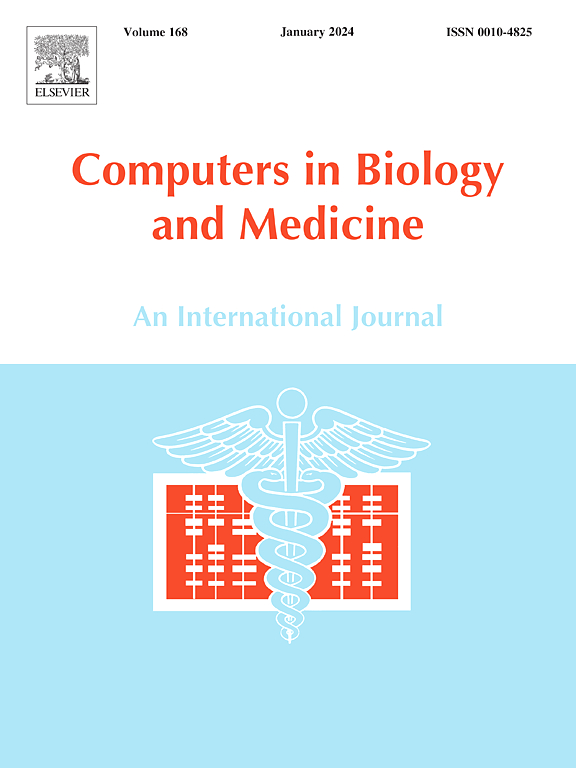In silico screening of a designed focused chemical space identifies novel alkyl hydrazides as potent HDAC11 inhibitors
IF 7
2区 医学
Q1 BIOLOGY
引用次数: 0
Abstract
The therapeutic potential of HDAC inhibitors containing a hydroxamic acid moiety as a zinc-binding group (ZBG) is limited in clinical use due to their potential mutagenicity. In addition, hydroxamic acids often exhibit off-target effects that can lead to undesirable toxicity. Therefore, the development of HDAC inhibitors with alternative ZBGs has proven to be a promising approach to overcome these drawbacks. HDAC inhibitors carrying alkyl hydrazide as ZBG have recently been published as selective inhibitors for different HDAC subtypes. In the present study, a ligand-based virtual screening workflow, employing a classification categorical model, was developed and applied for a designed targeted chemical space. The two most promising hits from the virtual screening were synthesized and evaluated by in vitro enzyme inhibition assays. Both hits showed strong inhibition of HDAC11 with IC50 values in the nanomolar range. In addition, the compounds showed good selectivity towards HDAC11 at a concentration of 1 μM, only HDAC8 was also significantly inhibited among all tested subtypes. Finally, the binding mode of the selected candidates was investigated by docking against different HDACs, followed by molecular dynamics simulations and metadynamics studies to provide insights for further chemical optimization.

在硅筛选设计集中的化学空间确定新的烷基肼作为有效的hdac抑制剂
含有羟肟酸片段作为锌结合基团(ZBG)的HDAC抑制剂的治疗潜力由于其潜在的致突变性而在临床应用中受到限制。此外,羟肟酸经常表现出脱靶效应,可能导致不良毒性。因此,开发具有替代zbg的HDAC抑制剂已被证明是克服这些缺点的有前途的方法。携带烷基酰肼作为ZBG的HDAC抑制剂最近被报道为不同HDAC亚型的选择性抑制剂。在本研究中,开发了一种基于配体的虚拟筛选流程,采用分类分类模型,并将其应用于设计的靶向化学空间。虚拟筛选的两个最有希望的命中被合成并通过体外酶抑制试验进行评估。两种药物均对HDAC11有较强的抑制作用,IC50值均在纳摩尔范围内。此外,在1 μM浓度下,化合物对HDAC11表现出良好的选择性,只有HDAC8在所有测试亚型中也被显著抑制。最后,通过对接不同的hdac来研究所选候选物的结合模式,随后进行分子动力学模拟和元动力学研究,为进一步的化学优化提供见解。
本文章由计算机程序翻译,如有差异,请以英文原文为准。
求助全文
约1分钟内获得全文
求助全文
来源期刊

Computers in biology and medicine
工程技术-工程:生物医学
CiteScore
11.70
自引率
10.40%
发文量
1086
审稿时长
74 days
期刊介绍:
Computers in Biology and Medicine is an international forum for sharing groundbreaking advancements in the use of computers in bioscience and medicine. This journal serves as a medium for communicating essential research, instruction, ideas, and information regarding the rapidly evolving field of computer applications in these domains. By encouraging the exchange of knowledge, we aim to facilitate progress and innovation in the utilization of computers in biology and medicine.
 求助内容:
求助内容: 应助结果提醒方式:
应助结果提醒方式:


